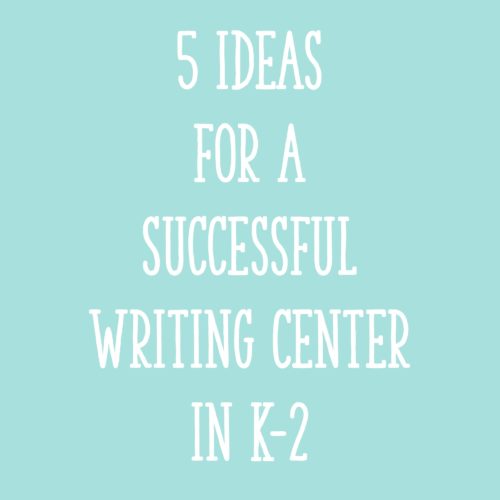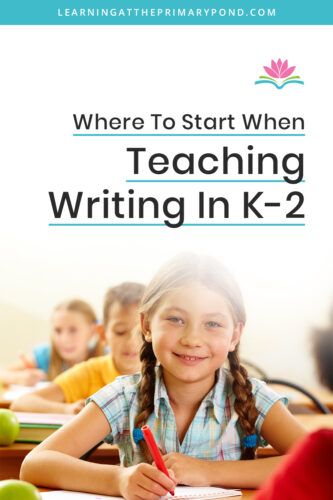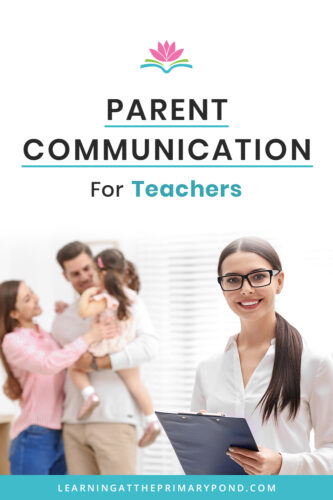If you’re feeling rushed during your literacy block or confused about why you can’t fit it all in, please know that you’re not alone! There is likely so much on your plate and a lot that you’re expected to cover in a week. You want to give your students everything they need to be successful, and you want to be the best teacher you can be. And when you’re not given as much time as you need to fit everything in, you end up feeling like it’s your fault. But it’s not.
In this blog post, I’ll share tips for navigating the time crunch, so you can feel more confident and less stressed about your schedule. First, I’ll explain what the ideal amount of time is for a literacy block. Then, I’ll talk about how to manage your time and create an effective schedule if you do have a shorter literacy block.
All of the guidance and tips you are reading about in this post come directly from my Science of Reading course. I created this course because SO many teachers are experiencing big challenges while transitioning to a true Science of Reading-based literacy block. In the Science of Reading course, I take you through a step-by-step process of creating your literacy block schedule with whatever time you have allotted using my “Skills First” approach. I give different options based on how much time you currently have for literacy instruction.

If you’re not yet familiar with my “Skills First” approach and what an ideal schedule for a literacy block looks like, you may also want to check out this blog post: How to Create a Structured Literacy Schedule for K-2 Based On the Science of Reading.

What Is the Ideal Time for a Literacy Block?
Before we dive into what to do with a shorter literacy block, let’s talk about what the ideal length of time is. In a perfect world, you’d have 2 1/2 hours for literacy instruction. 150 minutes!
So if you are given less than 2 1/2 hours for literacy, and you’re really struggling to fit it all in, the problem is not YOU. The problem is that more time is required to effectively teach literacy than what you have been given.
But that doesn’t mean you should throw up your hands in defeat! It also doesn’t mean that you can’t provide highly effective literacy instruction even in a shorter timeframe. You absolutely can! (And I have tips to help with this in the next section of this post.)
While you are doing the best you can with the amount of time that you have available, you can also advocate for yourself and your students. Talk to administrators, even the school board, to express why more time is needed. Tell them what’s truly needed to implement structured literacy. Back up your requests with data. Team up with other teachers if possible.
Even if you can get a small extension to your literacy block, that’s a great place to start!
What Can You Do With a Shorter Literacy Block?
We can certainly advocate for ourselves and our students, but sometimes there are things that are out of our control. So my suggestion is to focus on what you CAN control.
Adopt the mindset of “I’m going to do the best I can with the time I have.” Continuously stressing over a lack of time is not going to help you or your students. (Easier said than done, I get it!!)
Here are a few concrete tips on what you can do with a shorter literacy block:
- Make adjustments, while still covering all skill areas.
For instance, you could reduce your daily writing block time but perhaps create a longer writing block once per week by removing vocabulary one day. Instead of working on vocabulary that particular day, students would have more time for writing. - Use cross-categorical content when applicable.
Address some science and social studies concepts during read-alouds to buy more time. This doesn’t mean that you wouldn’t teach science or social studies at all outside of the literacy block, but it can help save time once in a while! - Be extremely choosy about what is prioritized during small groups.
When it comes to what you’re covering in small groups, choose the skills that most need to be differentiated. Don’t try to cover all skills in small group. This might feel counterintuitive. However, you can maximize your instructional time overall if you’re covering less in small groups. - Always come back to your “Skills First” planning method.
This method will help you see that you are covering all the necessary skills, even if you wish you could spend longer on them or add additional activities.
Conclusion
I hope this post has helped you feel more at ease about whatever amount of time you DO have for literacy block! Remember to take a deep breath and focus on the things you can control.
If you’d like more support with figuring out how to “fit it all in,” consider enrolling in my Science of Reading course to get trainings that will help you understand the big picture and give your students the best possible literacy instruction, even when you have time constraints.

Happy teaching!












